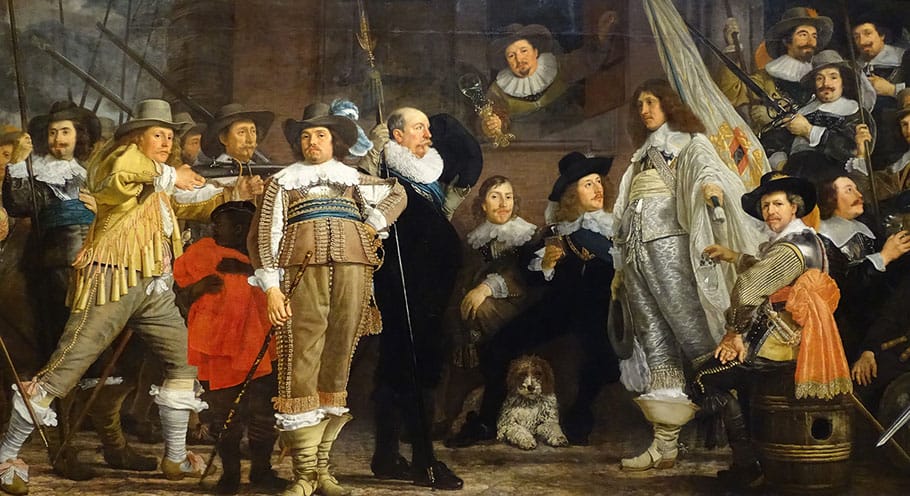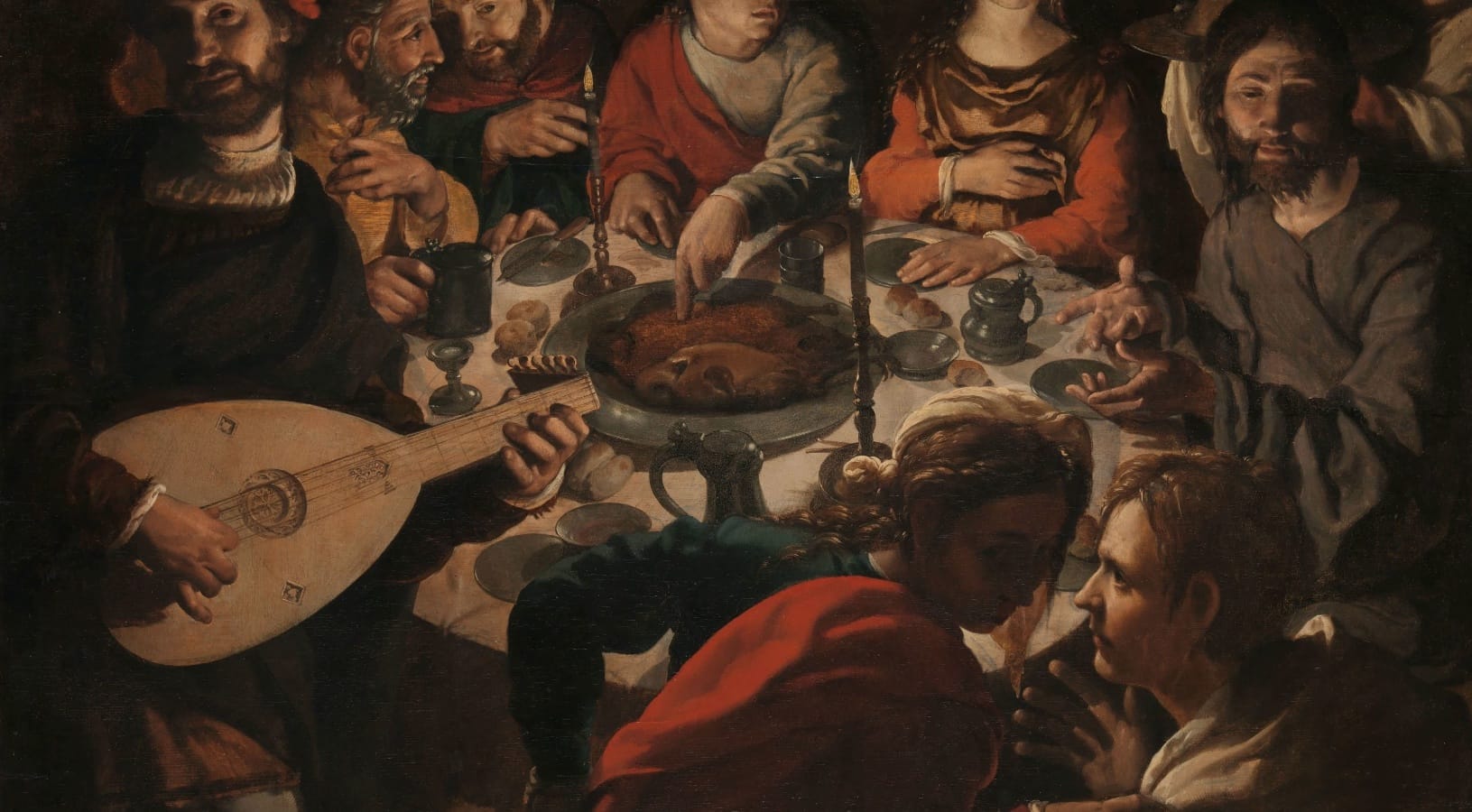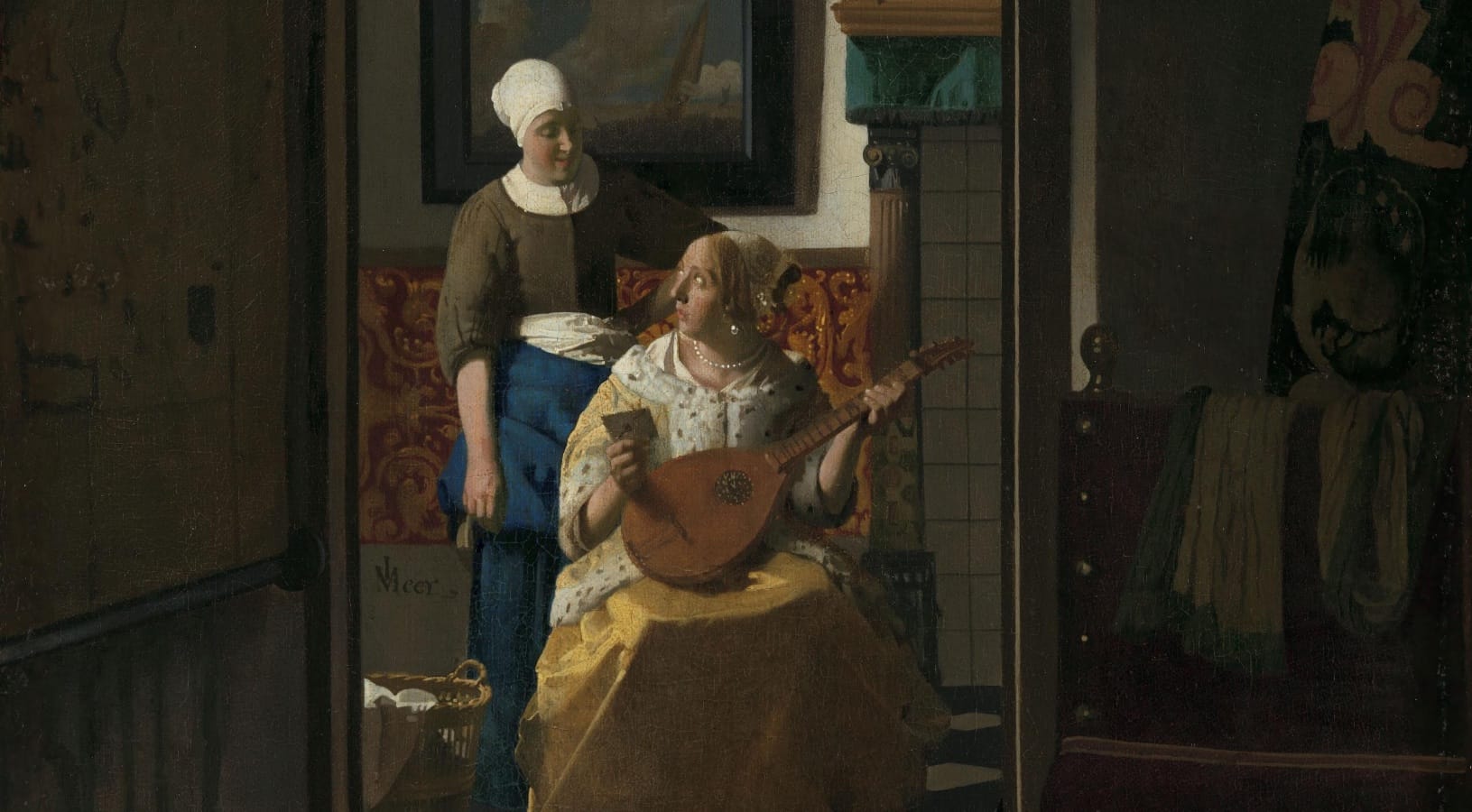06
C1: INTENSIVE TRAINING PROGRAMME (ITP) for digital and entrepreneurial key competences in culture design
Museums cannot be defined or understood outside the realms of society. A new museum definition must acknowledge and critically reflect the legacies and continuous presence of societal inequalities and the asymmetries of power and wealth marring the geopolitical relationship between continents and the national, regional and local societal contexts. Equally, it cannot ignore the alarming crisis of the destruction of nature and the unsustainable relationship between people and the rest of nature. There is, furthermore, a related and intensifying critical concern about the accountability and transparency under which museums acquire and use the material, financial, intellectual and social resources at their disposal.
In museums, as in society in general, the expectations of equal rights and equal access to culture, of cultural democracy and cultural participation, are growing steadily. The relationship between museums and their different constituents and communities needs to be restated and reinterpreted accordingly in a new, relational language that supports the opportunities to be discovered in genuine partnerships and shared responsibilities, cooperation and co-creation.
Jette Sandahl (2019) Addressing Societal Responsibilities Through Core Museum Functions and Methods: The Museum Definition, Prospects and Potentials, Museum International, 71:1-2, iv-v, DOI: 10.1080/13500775.2019.1638016
We worked out this concept during the five days LTTA held in Amsterdam from the 10th to the 14th. Participants from Cyprus, Georgia and France combined different approaches to co-create new business models for Museums and serve society with their collections or raise awareness about some critical issues.
Inspired by Module 1, Unit 1 and the question of whether museums can be relevant in contemporary social agendas and pressing issues, providing information, perspective, trauma improvement and political standing and with two examples as a base. Two examples were given:
The LTTA conducted visits to the Diamond Museum and the Rijks. Each visit has a specific interest value, tackling two different social domains. Participants in the LTTA need to develop new business models to become entrepreneurs and to team up a start-up with some theoretical investors from the partnership.
- Miro | Online Whiteboard for Visual Collaboration
- Miro | Online Whiteboard for Visual Collaboration
- https://ivetagr.org/pact4skills/the_mooc/
- https://www.smore.com/ukesh
- https://www.smore.com/ewvqh
- https://www.smore.com/zp1ma
- https://www.smore.com/mjwy9
- https://www.smore.com/60cdv
- https://www.smore.com/g4z0h
- https://www.smore.com/kg1cp
- https://www.smore.com/2k39g
- https://www.smore.com/fexz0

The Night Watch, Rembrandt van Rijn, 1642

The Night Watch, Rembrandt van Rijn, 1642
(https://beleefdenachtwacht.nl/en/tour/operatienachtwacht)
It’s a political act – and we can examine the regimes governing Europe today.
Rembrandt’s largest and most famous painting was made for one of the three headquarters of Amsterdam’s civic guard. These groups of civilian soldiers defended the city from attack. Rembrandt was the first to paint all of the figures in a civic guard piece in action. The captain, dressed in black, gives the order to march out. The guardsmen are getting into formation. Rembrandt used the light to focus on particular details, like the captain’s gesturing hand and the young girl in the foreground. She was the company mascot. The nickname Night Watch originated much later, when the painting was thought to represent a nocturnal scene, but it is not. In the Night Watch NOTHING is what is seems. Political networks and lobbyists of powerful civic militia and wealthy guild members dominate the picture. As appearances deceive in the painting, so they do in the political arena. How are citizens protected today? How is the order (police, protests, strikes, ultra-right/ultra-left, dissidents, revolutionaries, East/West, etc) are some of the topics to be dealt with and wedo think that more will pop up.
The Sampling Officials of the Amsterdam Drapers’ Guild, Known as ‘The Syndics’, Rembrandt van Rijn, 1662
https://www.rijksmuseum.nl/en/rijksstudio/artists/rembrandt-van-rijn/objects#/SK-C-6,5
On display in the Gallery of Honour
Capitalism at its best, we can explore the dynamics
After suffering financial difficulties in the 1650s, Rembrandt moved to a rental house on the Rozengracht.
The Amsterdam élite no longer knocked on his door as often as they had done before. He nevertheless remained popular: this important guild commissioned him to paint a group portrait. Rembrandt produced a lively scene by having the wardens look up from their work as if interrupted by our arrival


The Marriage at Cana, Jan Cornelisz Vermeyen, c. 1530 - c. 1532
https://www.rijksmuseum.nl/nl/rijksstudio/kunstwerken/bijbelse-voorstellingen/objecten#/SK-A-4820,49
How has society changed and what is the meaning of marriage today? The evolution of society; decoupling from religion; same-sex marriage; non marriage relationships; economic marriages and economic divorces, depositions from the throne etc.)
The Love Letter, Johannes Vermeer, c. 1669 - c. 1670
https://www.rijksmuseum.nl/en/collection/SK-A-1595
It would not be adverse to check on King Charles III “whatever loves mean: famous sentence.
https://www.youtube.com/watch?v=6lSmizRAe6A
Love is a hot topic for the youngsters and let us see what they think the anatomy of it is.











